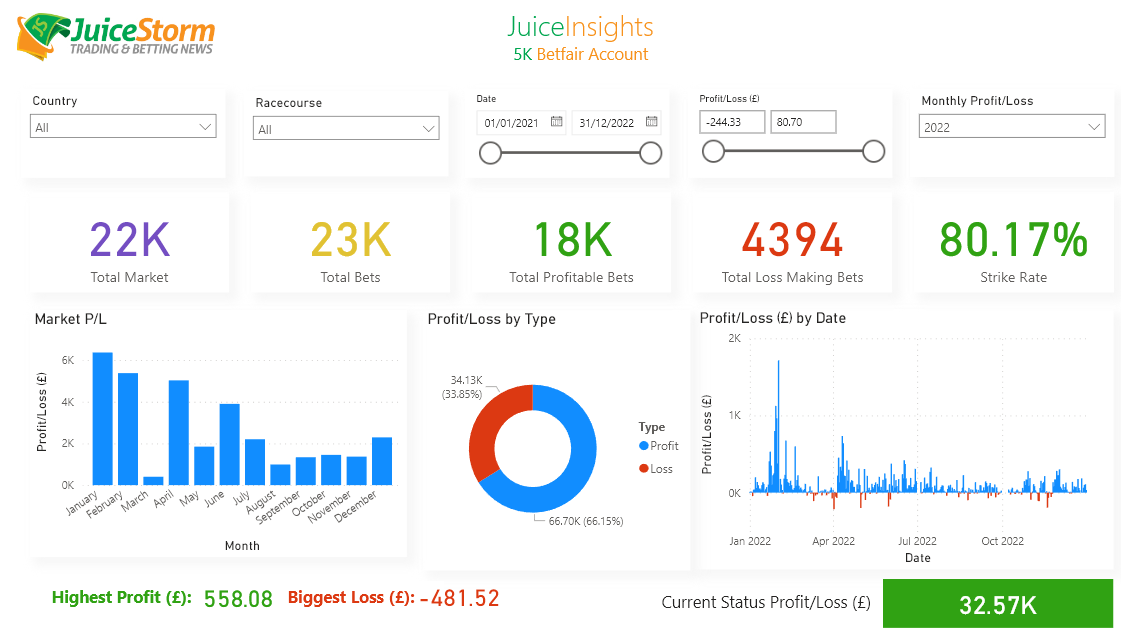Crypto Industry Highlights with Signs of Longevity
Check out the latest developments.
JPMorgan Launches Its Own Stablecoin
First up, JPMorgan announced the launching of its own stablecoin. Agree or disagree with stablecoins or with what some call an old legacy company of the financial sector getting into cryptos, this is big news. But why?
Well, first of all, Jamie Dimon, CEO of JPMorgan Chase & Co made a very interesting statement back in September of 2017 at a conference in New York:
“The currency isn’t going to work. You can’t have a business where people can invent a currency out of thin air and think that people who are buying it are really smart.”
Jamie’s public bashing of cryptos was considered the companies stance until 14th February 2019, when the following appeared on the JPM news section:
“JPMorgan this month became the first U.S. bank to create and successfully test a digital coin representing a fiat currency. The JPM Coin is based on blockchain-based technology enabling the instantaneous transfer of payments between institutional accounts.”
This is a major legacy financial institution admitting that blockchain has value and cryptocurrencies can be used as a valid financial instrument. It’s also a clear indicator that the medium of money is changing.
Other financial institutions are making statements about their interest in cryptos, as well, which will help bring more Wall Street funds into the space.
They may be after a different class of investor from Digitex, but any vote of confidence from big institutions is a positive sign for the industry at large.
Social Media Comes Around
Looking at the social media space now, there’s no question that scammers were giving cryptocurrency a bad rep in 2017. And the king of all social media had enough of being the bad actors’ playground. On 20th January 2018, Facebook officially banned crypto-related ads.
Six months later in June, it lifted the ban saying advertisers needed to get written permission: yes there is actually a process to getting on the good list.
This new policy combined with the murmurs of Facebook building its own blockchain team made the industry abuzz wondering what the change would mean.
Now more than six months later, we have a much better idea of what Facebook is up to. The networking giant has been busy working on its own crypto. All indicators point to its messaging app WhatsApp as being its first subsidiary to use its coin.
Facebook also owns Instagram and has its own messaging apps. The combined three could bring cryptocurrencies to over 2 billion people globally.
That is truly a mainstream reach which could really stimulate mass adoption, compared to what traditional crypto companies have been able to achieve. Their numbers are still in the low millions when you actually count the people and not the accounts open on a blockchain. This is even smaller when you count how many are active users.
Facebook isn’t the only company working to introduce cryptos into the app messing world. Telegram is also poised to launch its own crypto this year, but the exact dates for are still under wraps.
This development is another sign that the mass adoption of cryptos is not as far off as some people think. Digitex will be offering futures markets on Facebook stock, and it will be interesting to see how these developments affect its price!
Scaling with Lightning
Scaling for Bitcoin has long been a hot topic and often seen as a barrier to mass adoption. One option that has been making some noise over the last few months in the Lightning Network.
It uses nodes in a meshed network that are off-chain to conduct transactions of limited value. This means you’re not using the network to send $500K–but you could do $10 or $100. It works very similarly to opening a tab at a bar.
The nodes open channels to each other pooling the money together so, you can run a bigger tab. Your transactions can be done quicker than on-chain because the money is already set aside.
As scaling goes, this option has grown better than expected in about a year. At the time of writing, there are over 7,000 nodes globally, nearly 40,000 channels, and with a value network capacity of 1,055.555 BTC ($4,237,925). The number of new nodes connecting into the network is growing daily.
A year ago the Lightning Network went live.
Today it has millions of pounds in liquidity and inspired the creation of countless apps and stores with instant, dirt-cheap payments.
Thank you to everyone who made this possible, happy birthday LN ? https://t.co/p04ywaGk8X
— Rui Gomes (@ruigomeseu) March 16, 2019
The Lightning Torch (LN Trust Torch) is a payment experiment running on the Lighting Network that started on 19th January 2019.
Each person who gets it adds a nominal amount of BTC (about 10,000 satoshis) before passing the torch on. Noted Crypto Twitter figure Hodlonaut started the torch just for fun. Since then it has traversed the globe reaching places like Israel, Togo, Iran, Brazil, and Australia without a third-party financial company.
The multimillion-pound asset manager Fidelity passed the torch back in February 2019 to the Harvard Business School Blockchain & Crypto Club. Even noted names outside of the crypto industry like Jack Dorsey CEO of Twitter have taken part. This month, ex-exec of PayPal Reid Hoffman also passed on the torch.
Ethereum Finally Pulls Off Constantinople
The Ethereum Foundation originally its software upgrade Constantinople (a hard fork) in January 2018. But thanks to the devs’ double-checking, a potential security flaw was discovered. So, the upgrade didn’t happen until February with a patch called St. Petersburg to fix the earlier issue.
Why does this matter? This hard fork will do a few things. The most noted are:
1. Allowing for a smart contract to be changed when meeting certain conditions over time.
2. Bringing the Ethereum blockchain closer to changing its consensus algorithm from Proof of Work to Proof of Stake.
3. Changing how miners can mine ETH. The intention is to level the playing field, so those using ASIC miners lose their advantage.
These new features matter because contrary to catchy headlines, most business related to blockchain use Ethereum’s, just like Digitex.
It may not run how some parties would like, but it is continually moving forward to improve the technology and bring added value to the space.
We’ve seen this through the Plasma Protocol scaling solution that Digitex is integrating and now we’ve watched Constantinople’s success as well. We believe that Ethereum can only go up from here.
Cryptocurrency Awareness Is Growing
This is by no means a complete list of all positive developments we’ve seen in the industry! But these are some of the main ones that contribute to building awareness of blockchain technology and cryptocurrencies.
As we see old and new companies like JPMorgan, Facebook, and Telegram moving into the space, it shows that times are changing, and this technology is here to stay.
And thanks to our cutting-edge user interface, zero commission fees, and traditional as well as crypto futures markets, Digitex is looking forward to doing our part to bringing crypto to a wider audience as well.





